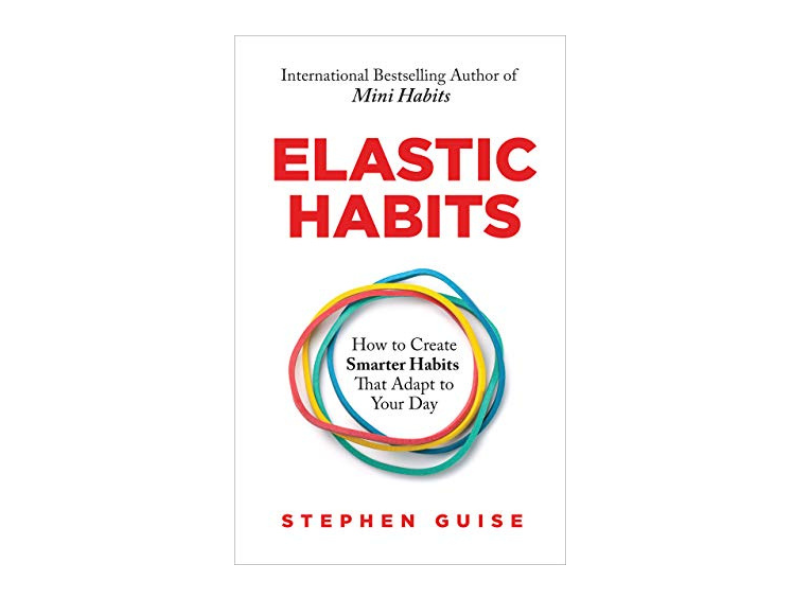Elastic Habits

How to Create Smarter Habits That Adapt to Your Day
If an elephant charges at you, what do you do?
- Scream, yell, and wave your hands.
- Dive between its legs.
- Run away while calling the elephant names, like “dork.”
According to National Geographic, standing your ground and making noise gives you the best chance of surviving an elephant charge. The other two are … not recommended.
But if a mother grizzly bear charges at you, playing dead is your best option. The elephant defense strategy does not work against grizzly bears; only those who adapt can survive both attacks.
In your journey to form better habits for a better life, you will face figurative elephant and grizzly bear attacks. They take form as depression, demotivation, fatigue, distraction, health problems, and busyness, and they constantly threaten to derail you. What is the ideal response?
Varied.
Just as no single approach will work for all animal encounters, what works for you in habit pursuit one day might not work the next day.
Legendary war general Sun Tzu said, “Do not repeat the tactics which have gained you one victory, but let your methods be regulated by the infinite variety of circumstances.”
Give Your Habits a Brain
Think of some good habits you’d like to form or strengthen: fitness, cleaning, meditation, business-related habits, writing, reading, playing guitar, skill-building, and so on. If you pick up any other habit book besides this one, it’s going to suggest that you make your habit the same thing every day, incapable of adjusting to the environment.
Wouldn’t it be smarter to adapt your habit precisely to the unique situations you face? Yes, and it’s called an elastic habit.
What Is an Elastic Habit?
Elastic habits are daily behaviors with multiple win conditions. You get to choose your win condition every day, because some days you feel like you’re being attacked by a bear and other days you feel like the bear.
Most people associate “elastic” with yoga pants and rubber bands. But the word also means “resilient”—the ability to withstand pressure.
A traditional habit is rigid: the same behavior is done at the same time to the same level every day. Unless it’s small (like a mini habit), the pressures of modern life tend to break its rigid and brittle shell. Elastic habits are fluid: they can change their form and intensity to suit each unique day. They survive busy, tired, bad days. They thrive on better days.
Elastic habit example (fitness): On Monday, you’re tired and busy, so you do 5 push-ups to meet the easy level. Success. The next day, you have more time, energy, and motivation, so you go to the gym for a 45-minute workout. Big success! The next day, you do a workout video for 20 minutes for a medium-sized win. Success. With what I call “3×3 flexibility,” elastic habits give you nine win conditions instead of one; you can win every day and form life-changing habits.
Whether it’s fatigue, a busy day, or something else charging at you, your elastic habit can adapt to the exact threat it faces. And if the wind is at your back, watch out world, because your elastic habit can also expand for an inspiring big win! That’s what makes an elastic habit smarter (and more fun) than the rest.
Read Elastic Habits now, and give your habits the elasticity to survive and thrive in all circumstances.